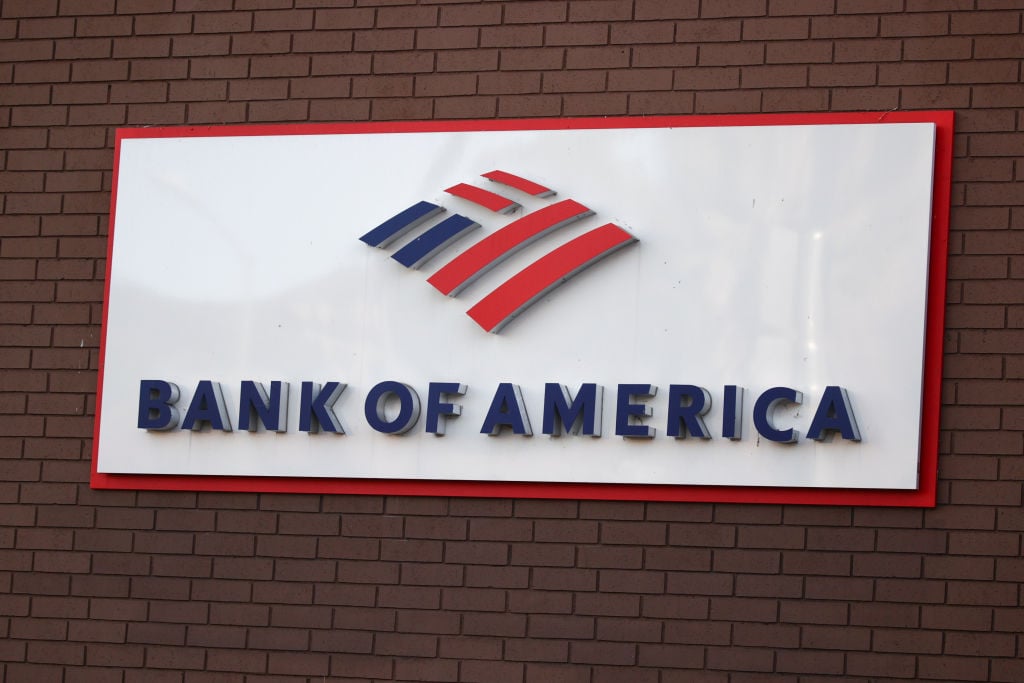When Bank of America (NYSE:BAC) CEO Ken Lewis announced his resignation earlier this month, many people asked: Would he have thrown in the towel two weeks before announcing earnings if those earnings were anything but terrible?
No, he probably wouldn't have. And for the most part, they were.
The third quarter produced a loss of $1 billion. Factor in $1.2 billion in preferred dividends (most stemming from TARP payments to taxpayers), and common shareholders took a loss of $2.2 billion, or $0.26 per share. That compares to a profit of $1.2 billion, or $0.15 per share, in the same period last year (although year-over-year comparisons aren't entirely fair, because of the Merrill Lynch acquisition.)
As predicted earlier this week, improvements in default spreads on B of A's own debt did some damage. Contracting credit spreads led to a $2.6 billion writedown. "The market's improved view of Bank of America's credit cost the company," said Lewis. That's true, but these losses are simply the reversal of equally annoying gains posted earlier this year when spreads blew out. If the accounting community would come together and agree that this accounting rule, net-net, is maddeningly useless, we'd all appreciate it. Thanks.
Yet even before accounting charges, results made no one smile, especially when compared with the blowout earnings of JPMorgan Chase (NYSE:JPM) and Goldman Sachs (NYSE:GS). Total provisions for credit losses hit $11.7 billion. An additional $2.1 billion was added to credit-loss reserves. Nonperforming assets increased to 1.51%, from 1.38%. The allowance for losses as a percentage of nonperforming loans and leases fell to 112%, from 116%.
These aren't terribly surprising figures: Every commercial bank -- including the commercial segment at JPMorgan -- is still slogging through credit losses. But B of A doesn't have the trading heft to make up for consumer-loan losses like JPMorgan does. And there's one area where B of A's lending book still lags behind the rest. Reserves for losses as a percentage of loans sits at 4%, compared with 4.7% for JPMorgan, and nearly 6% at Citigroup (NYSE:C). This might be fair if B of A's books were proportionally healthier than its peers, but in many areas, that's not the case.
If you dig for sunshine, you might find it in what looks like stabilization of credit card delinquencies, in both early and late stages. Thirty-day-plus delinquencies fell 29 basis points, and 90-day-plus fell 45 basis points. This is somewhat contradictory to a Moody's report, which showed that early-stage delinquencies rose in August for the industry as a whole.
Whether that quarterly trend is sustainable remains to be seen. But even a diehard banking bear like me has to admit: If those delinquency stabilization trends hold up, you'll start seeing legitimate earnings power before long. How much earnings power? That's the real question.
What do you think? Is the worst behind B of A? Are shares a buy at these levels? Let me know in the comment section below.






